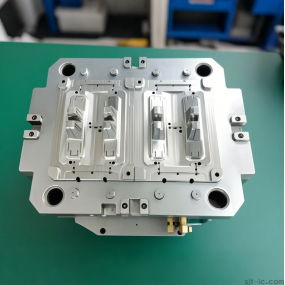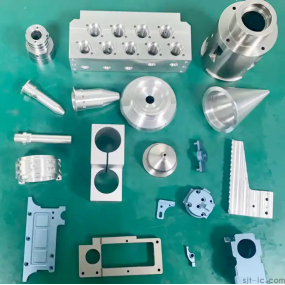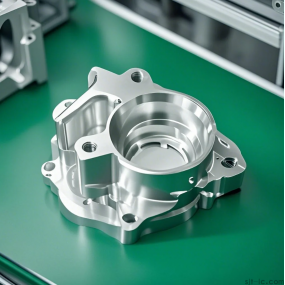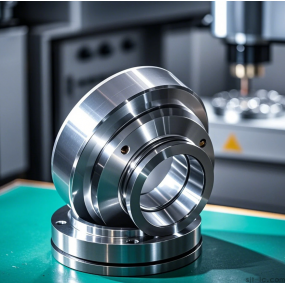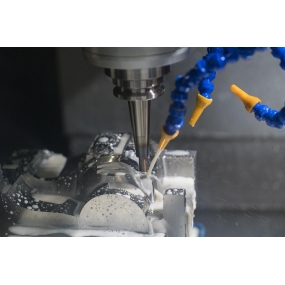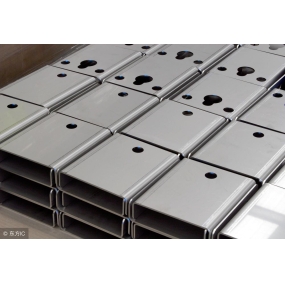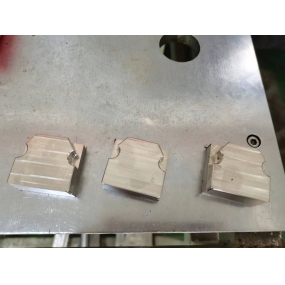Metal Stamping parts are a very common type of metal product in daily life, and their applications are very extensive. Before carrying out stamping processing, stamping factories need to evaluate and plan the production situation to ensure that the produced stamping parts meet customer requirements. Next, let's learn how to process metal stamping parts reasonably.
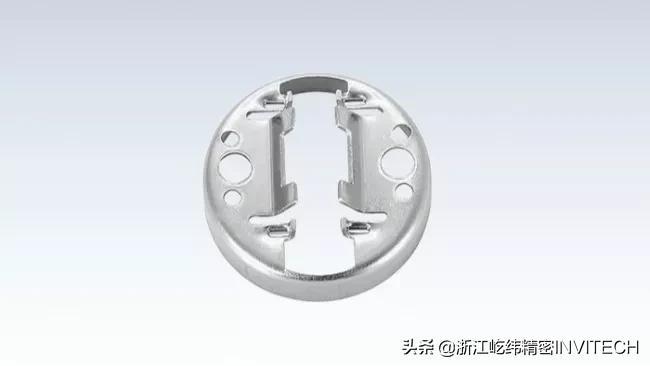
Metal stamping parts
(1) The stamping parts to be produced need to have satisfactory product application and technical characteristics, and be easy to assemble and maintain in a timely manner.
(2) The stamping parts to be produced need to be beneficial for maximizing the utilization rate of metal materials, reducing the types and specifications of materials, and minimizing material consumption as much as possible. If agreed, use high-quality and cost-effective materials to ensure that the parts are free of waste and have minimal waste during cold stamping.
(3) The stamping parts to be produced need to have a simple appearance and an effective structure, in order to simplify the mold structure and the total number of process flows, that is, to complete the production and processing of all parts with at least a simple stamping process flow, reduce the use of other methods for production and processing, and benefit the actual operation of stamping, facilitate the allocation of mechanical automation and automation technology production, and improve productivity.
(4) The stamping parts to be produced, while ensuring normal application conditions, should have lower requirements for the limit accuracy level and surface roughness level as much as possible, and be beneficial for product exchange, reducing waste and ensuring stable product quality.
(5) The stamping parts to be produced should be beneficial for utilizing the current machine equipment, processing technology configuration, and production process to carry out production and processing, and for increasing the service life of stamping molds.


 Spanish
Spanish Arabic
Arabic French
French Portuguese
Portuguese Belarusian
Belarusian Japanese
Japanese Russian
Russian Malay
Malay Icelandic
Icelandic Bulgarian
Bulgarian Azerbaijani
Azerbaijani Estonian
Estonian Irish
Irish Polish
Polish Persian
Persian Boolean
Boolean Danish
Danish German
German Filipino
Filipino Finnish
Finnish Korean
Korean Dutch
Dutch Galician
Galician Catalan
Catalan Czech
Czech Croatian
Croatian Latin
Latin Latvian
Latvian Romanian
Romanian Maltese
Maltese Macedonian
Macedonian Norwegian
Norwegian Swedish
Swedish Serbian
Serbian Slovak
Slovak Slovenian
Slovenian Swahili
Swahili Thai
Thai Turkish
Turkish Welsh
Welsh Urdu
Urdu Ukrainian
Ukrainian Greek
Greek Hungarian
Hungarian Italian
Italian Yiddish
Yiddish Indonesian
Indonesian Vietnamese
Vietnamese Haitian Creole
Haitian Creole Spanish Basque
Spanish Basque

